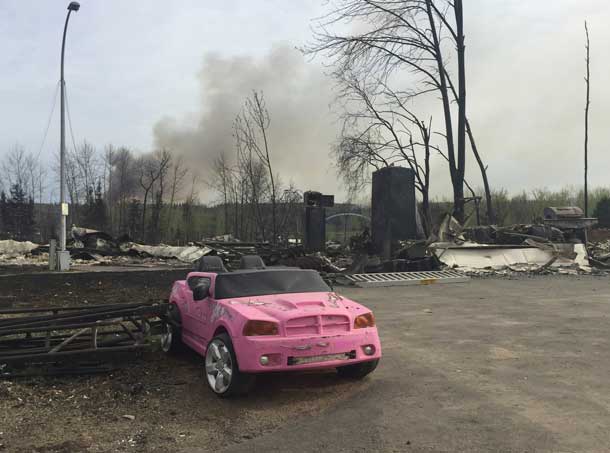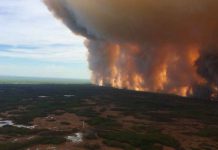
Unprecedented Wildfire Season Sparks Urgent Call to Action
Canada faced an unprecedented wildfire season in 2023, doubling the previous record set in 1995 and causing insurable losses exceeding $3 billion (CatIQ). The fires engulfed an astonishing 18.5 million hectares, equivalent to three times the size of Nova Scotia and eight times the average annual burn over the past 25 years. The resulting nationwide evacuation of 200,000 residents prompted urgent calls for large-scale investments in proactive measures to create wildfire-ready homes and communities.
University of Waterloo Report Unveils Key Steps for Canadians to Reduce Home Fire Risk by 75%
A new report from the University of Waterloo’s Intact Centre on Climate Adaptation offers practical guidance to Canadians residing in forested and grassland regions. The report, consolidating two user-friendly infographics, provides well-tested actions to reduce the risk of home burning by up to 75 percent.
Three Steps to a Cost-Effective FireSmartTM Home: The guide outlines a step-wise approach to upgrading homes for wildfire resistance. Initiatives range from simple actions like storing wood away from the house to more complex measures like installing Class A fire-rated roofing materials to mitigate ember ignition risk.
Three Features of a Wildfire-Ready Community: This section advises on community-level strategies, including clearing tree branches near power lines, integrating fire breaks into community design, conducting annual emergency training, and ensuring adequate water supply for firefighting.
The vulnerability of 60 percent of Canadian communities to wildfires is heightened by factors such as urban development, a lack of standardized building safeguards, flammable vegetation near structures, and a century of fire suppression, exacerbated by climate change.
Cheryl Evans, study co-author and Director of Flood and Wildfire Resilience at Intact Centre, emphasizes the impact of climate change on wildfire frequency and severity, citing the Halifax-area wildfire in 2023 that destroyed over 200 buildings.
The report synthesizes best practices from the National Research Council of Canada and FireSmartTM Canada, a 30-year-old national program. Dr. Mike Flannigan of Thompson Rivers University underscores the report’s translation of research into practical guidance for residents and community leaders.
Michael Norton, Director General of Northern Forestry at Natural Resources Canada, praises the report for its concise, user-friendly guidance that fosters awareness and on-the-ground action. Norton says, “Communities, including northern and Indigenous communities, in zones of high risk, as identified by provinces and territories, develop wildfire community prevention and mitigation plans by 2030, with up to 15 per cent implemented by 2028.”
Aligned with Canada’s new National Adaptation Strategy (2023), the report aims to help communities develop wildfire prevention and mitigation plans by 2030. Kelowna Fire Chief Jason Brolund, emphasizing the importance of the report, looks forward to sharing practical strategies to reduce future wildfire risk in West Kelowna stating “I look forward to sharing this report to help folks in my community understand the many practical ways we can put boots on the ground today to help reduce West Kelowna’s future wildfire risk.”
As highlighted during COP 28 talks, Canadians in forested and grassland regions can proactively mitigate wildfire risks by preparing wildfire-ready homes and communities, minimizing the impact of hotter and drier wildfire seasons in the future.

